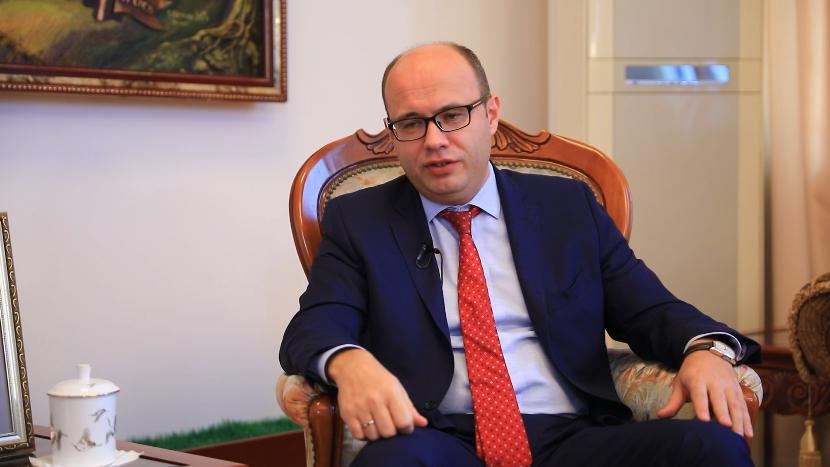Visa-free deal caps China-Belarus strategic partnership
By Zhang Yue | chinadaily.com.cn | Updated: 2019-01-25 10:16

As the year 2018 drew to an end, Belarusian Ambassador to China Rudy Kiryl had little difficulty picking out his biggest achievement of the year: the visa-free deal between the two countries.
The intergovernmental agreement on 30-day visa-free travel came into force in August 2018. To welcome the expected increase of Chinese tourists, the Minsk airport has added Chinese to its list of service languages, joining Russian and English, while local hotels are busy upgrading their facilities to be more "China Friendly," giving staff language training, adding Asian dishes to their menu, and making sure that the ATMs accept China-issued cards.
"Right now we are trying to improve our infrastructure. We have already signed some agreements with UnionPay," Kiryl said during an interview with China Daily. "(Chinese tourists) like to buy something, have some good lunch or dinner and look at the scenery."
Popular destinations include the national park Belovezhskaya Pushcha and the Brest Fortress. For those interested in Belarus' red tourism, there is the house on Minsk's Zakharyevskaya Street where the first congress of the Russian Social Democratic Labor Party took place.
Belarusian President Alexander Lukashenko has visited China five times, attending the Victory Day parade, the Belt and Road forum and the Shanghai Cooperation Organization summit, and entered into a comprehensive strategic partnership with China.
Belarus has been a staunch supporter of China's Belt and Road Initiative (BRI) ever since its inception in 2013. The massive initiative aims to revive the ancient Silk Road trading route through a variety of roads, pipelines, ports and other infrastructure improvements across Eurasia and Africa. So far, the biggest Belarusian project under its framework is the China-Belarus Industrial Park, also known as Great Stone.
The park is located 25 kilometers east of Minsk and covers an area of 91.5 square kilometers, as large as one third of Minsk and almost twice the size of Beijing's Xicheng district. "This is not only the biggest park in Belarus, this is the biggest park China ever made abroad," Kiryl emphasized.
The industrial park's pivotal position amid Europe and Asia, with convenient access to nearby railway stations, an international airport and a cross-continent highway from Berlin to Moscow, is particularly conducive to the international trade of materials and goods moving across the border.
























